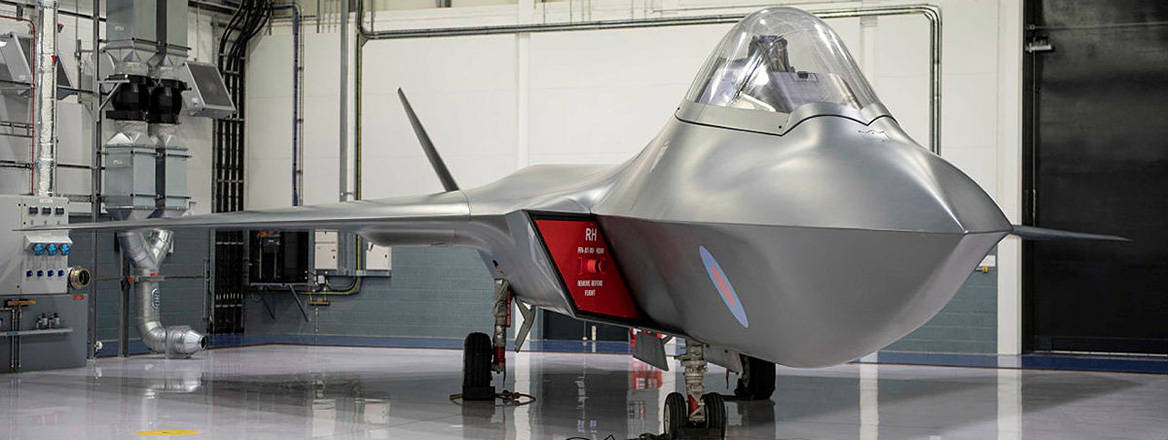Japan Shows Its Colours on Next-Generation Combat Aircraft Collaboration
9 Dec 2022 03:31 PM
As reports suggest that Japan is preparing to join the UK and Italy in developing a future generation of fighter aircraft, what can be expected from such an arrangement?

Tokyo’s Nikkei newspaper has reported that Japan is near agreement with the UK and Italy on the joint development of a future fighter, which would be a radical departure for each of the countries in terms of defence collaboration. Historically the UK has worked with continental European countries on combat aircraft development, whereas Japan has sought access to US technology through licensed production (the F-15) or joint development (the F-2).
If this report is accurate, it would constitute a significant advance on the current situation, in which the four leading companies on Tempest (BAE Systems, Rolls Royce, Leonardo and MBDA) have been discussing cooperation on the airframe and sub-systems with their Japanese equivalents.
It is conceivable that the Japanese government has leaked news of the imminence of a merging of two aircraft programmes (the F-X and Tempest) to test the water as regards Japanese public opinion, perhaps because the reported agreement with the UK and Italy is linked to Japan’s readiness to modify its arms export practices. For its part, the UK government has been cautious about speaking on the possible merging of the two programmes (as opposed to sub-system collaboration for two different aircraft). This is to avoid any appearance of taking the Japanese government for granted, and also because it did not wish to give the impression that the Tempest programme would not be viable without Japanese involvement.
An agreement on the joint development of an expensive and key defence platform would represent a major step-up in the intensity of UK–Italy–Japan defence relations, but would rest on a developing foundation of related and enabling agreements. The wider context is one of growing Japan–UK interest in defence and security cooperation dating back to agreements on arms exports and information security in 2013, which were reinforced by the 2017 Joint Declaration on Security and Defence Cooperation. The 2017 agreement on logistics cooperation facilitated the subsequent visits of both HMS Queen Elizabeth and Typhoon aircraft to Japan. Earlier this year, the two countries concluded a Reciprocal Access Agreement to facilitate the entry and regulation of visiting troops. A further useful aspect in support of cooperation is that each of the parties cite the same desired in-service date of 2035 for a new combat aircraft. Overall, the past decade has given Japan the opportunity to learn about the behaviours and practices needed to make equipment collaboration work smoothly.
Click here for the full press release